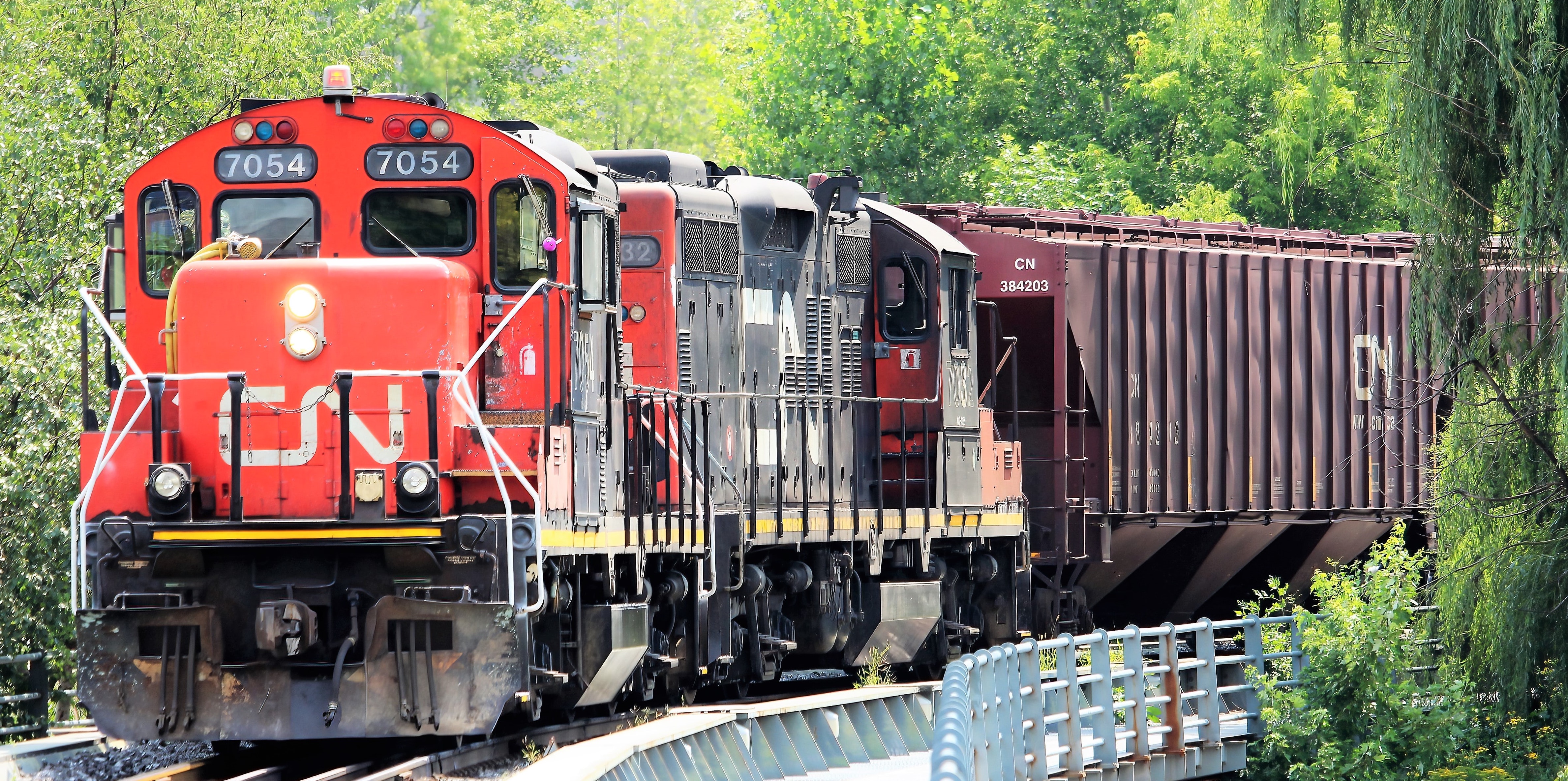North American markets today, Wednesday, viewed several hours before opening at 9:30 a.m. EST, appear poised to start both mixed and negative. All major indicators are in the red at the time of writing. However, in the hours before market opening, the S&P 500 is very slowly climbing and it is possible – though certainly not definite – that it could go into the green during the morning.
European markets are open at time of writing and are also mixed with the FTSE 100 and DAX in the green while the CAC 40 is shifting back and forth between green and red.
The safe havens of gold and silver are both down.
Currencies are also mixed with the Canadian dollar up while the Euro is down. The British pound sterling is moving back and forth between minimal change and flat. That reflects the lack of any data impact, according to Jeremy Thomson-Cook, Chief Economist at London-based payments specialist Equals Money, “There was no data of note from the (United Kingdom) yesterday. However, sterling was able to hold on to its recent gains, with rates predominantly remaining rangebound,” he says. “This morning we had preliminary GDP figures for (the) last quarter, which showed that the UK’s economy shrunk by 1.5%. This was roughly in line with market expectations, therefore there was minimal rate movement in response.”
Meanwhile, almost in counterpoint, billionaire and hedge fund chieftain Ray Dalio sounded a warming yesterday about the risks of inflation and devaluation of the American greenback. “The big issue is the amounts of money that have been produced and put into the system,” he said, according to the Wall Street Journal. Risks have to ‘be balanced carefully. Productivity is the key” to avoid overheating in the economy he added.
Almost every trading day yields at least one or two serious investment concepts that merit consideration. Proving once again the volatility of some equities, shares of TESLA swung wildly yesterday, closing at $617.20, down from Tuesday’s close at $629.04 and last Friday’s close at $672.37. A part of the volatility certainly resulted from yesterday’s overall tech decline but the drop of sales in China also pressured the share price. TESLA sold 25,845 vehicles made in China in April, down 27% from the 35,478 vehicles sold in March according to the China Passenger Car Association. Separately, due to U. S.-China trade tensions, TESLA has put a hold on plans to expand its flagship plant in China. The concept in this particular case is that even as the recovery unfolds some stocks will likely remain volatile indefinitely. The other concept is that one or two sudden developments can affect a vulnerable stock.
As we try to figure out the speed and velocity of the recovery and how to invest for it, several sectors merit examination. The stocks I mention here are not specific recommendations but rather suggestions for discussion between investor and advisor.
Before examining sectors, let’s consider the first law of investing in the post-pandemic world as summarized in a recent report from IG Prime, a London-based brokerage:
From an investment perspective, businesses that adapt offer the best prospects in a post-Covid world. Evidence of this can already be observed in the spate of closures due to the pandemic. US retailer JCPenney filed for bankruptcy at the height of the lockdown period, citing a downturn in footfall and a shift towards online shopping.
Source: IG Prime Report entitled Hedge Fund Trends: COVID 19 vs. the Global Financial Crisis
Previously I treated the retail sector and (will be treating it again) but the infrastructure and travel sectors also have a place in recovery and past-pandemic investment planning.
In the infrastructure sector, railways might be appropriate for investors looking for exposure to the recovery. “It would be hard to go wrong buying a railroad, whether CSX, Norfolk Southern, Canadian Pacific, Canadian National or Union Pacific,” says Paul DeSisto, Executive Vice-President at M&R Capital in Summit New Jersey. He stresses that railroads move vast amounts of basic materials such as crude oil and construction aggregates inexpensively.
Union Pacific, for example, is the largest railroad by market cap, shares the western two-thirds of the United States with Warren Buffett’s Burlington Northern Railway and has excellent connectivity with the Canadian railway system, DeSisto says. Target prices vary widely with Goldman Sachs, Merrill Lynch and Credit Suisse projecting $248, $252 and $255, respectively. Target prices at other blue-chip institutions range from $230 (Barclays) on up to $260 (Raymond James).
Perhaps requiring a greater risk tolerance than investing in railroads, the airlines deserve at least some consideration. Moody’s has changed its outlook for the global airlines industry to positive -- suggesting that increasing vaccinations will drive a surge in air travel demand. Moody’s says that vaccinations will allow governments to lower border restrictions and quotas as well as quarantine and testing regulations though it adds that the outlook takes into account differences in virus infection rates in different areas.
"While the continuing pandemic means there is a risk of further disruption to air travel in various countries at various times, we expect increasing vaccinations will lower border restrictions and increase demand for air travel over the next 12 to 18 months," says Jonathan Root, Moody's Senior Vice President.
“The restoration of the ability to travel will relieve the tremendous pent-up demand to fly to visit friends and relatives and for vacations. With offices in many countries opening by fall 2021, this will facilitate the beginning of the corporate travel recovery," he says. Moody’s expects the increased demand for travel within the United States to be replicated in other markets as conditions improve although the surge in demand has not yet occurred in Canada and Europe.
Investors and advisors have a lot to consider in the months to come.
Related: Recovery Plays Becoming Important



